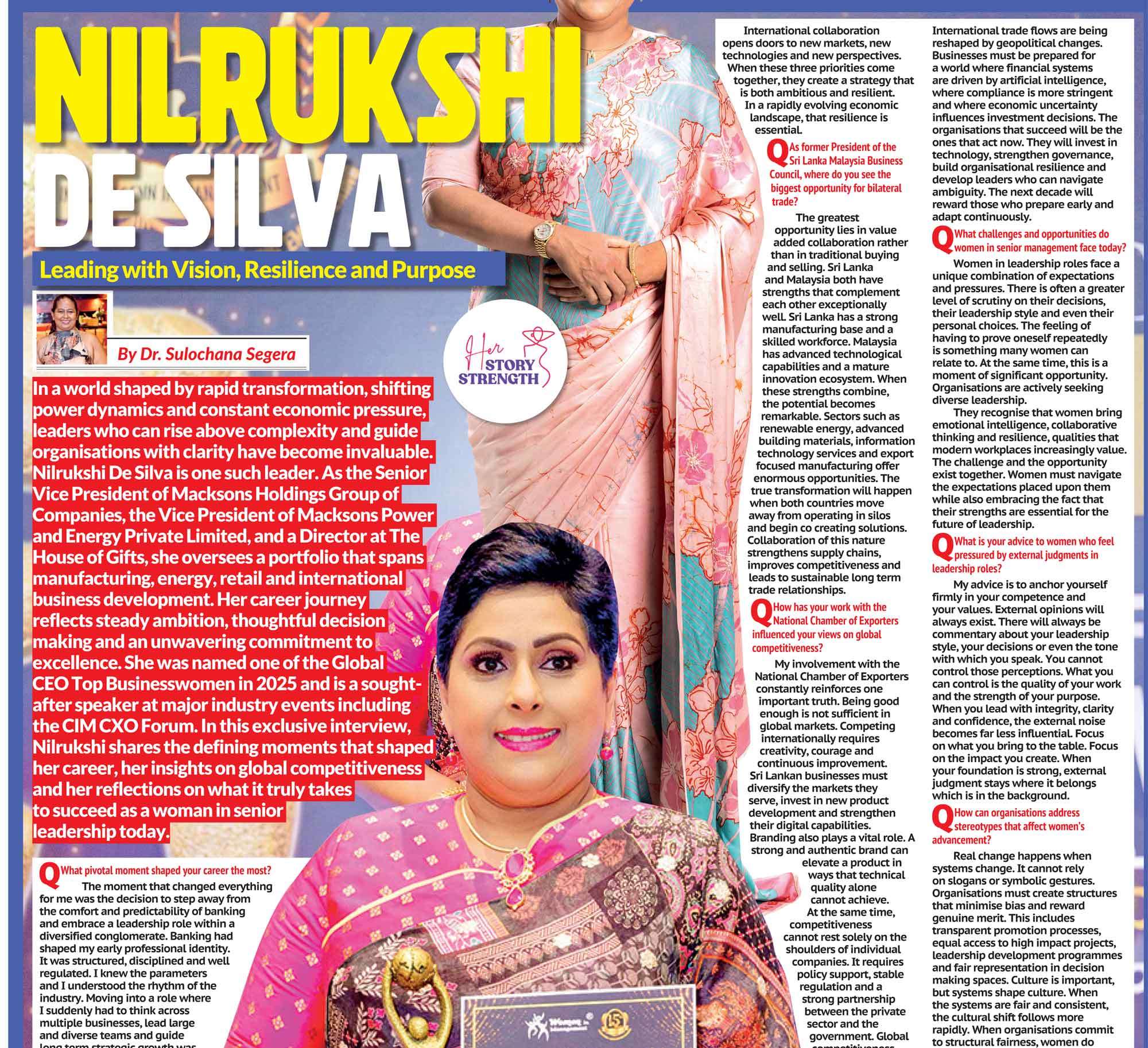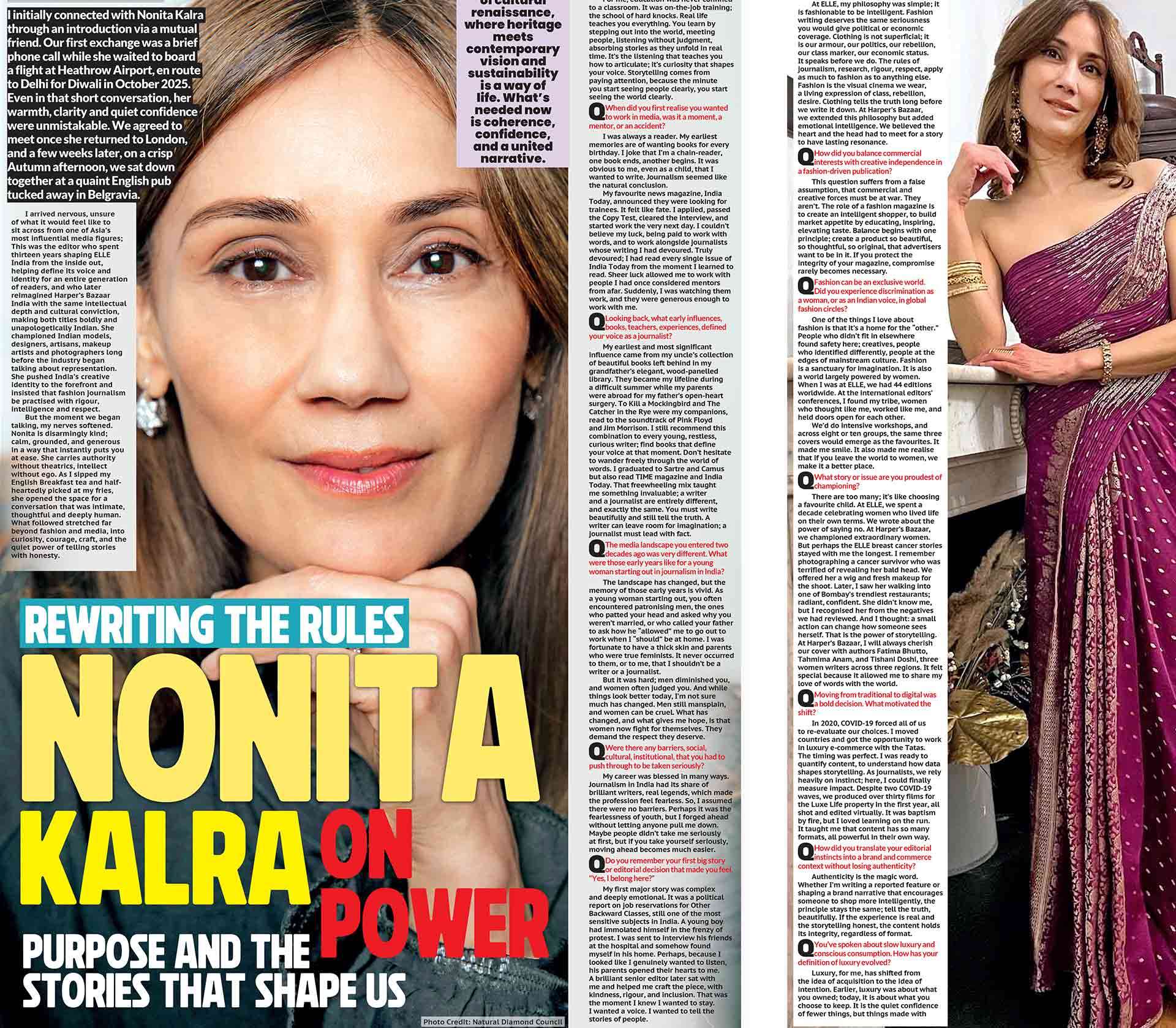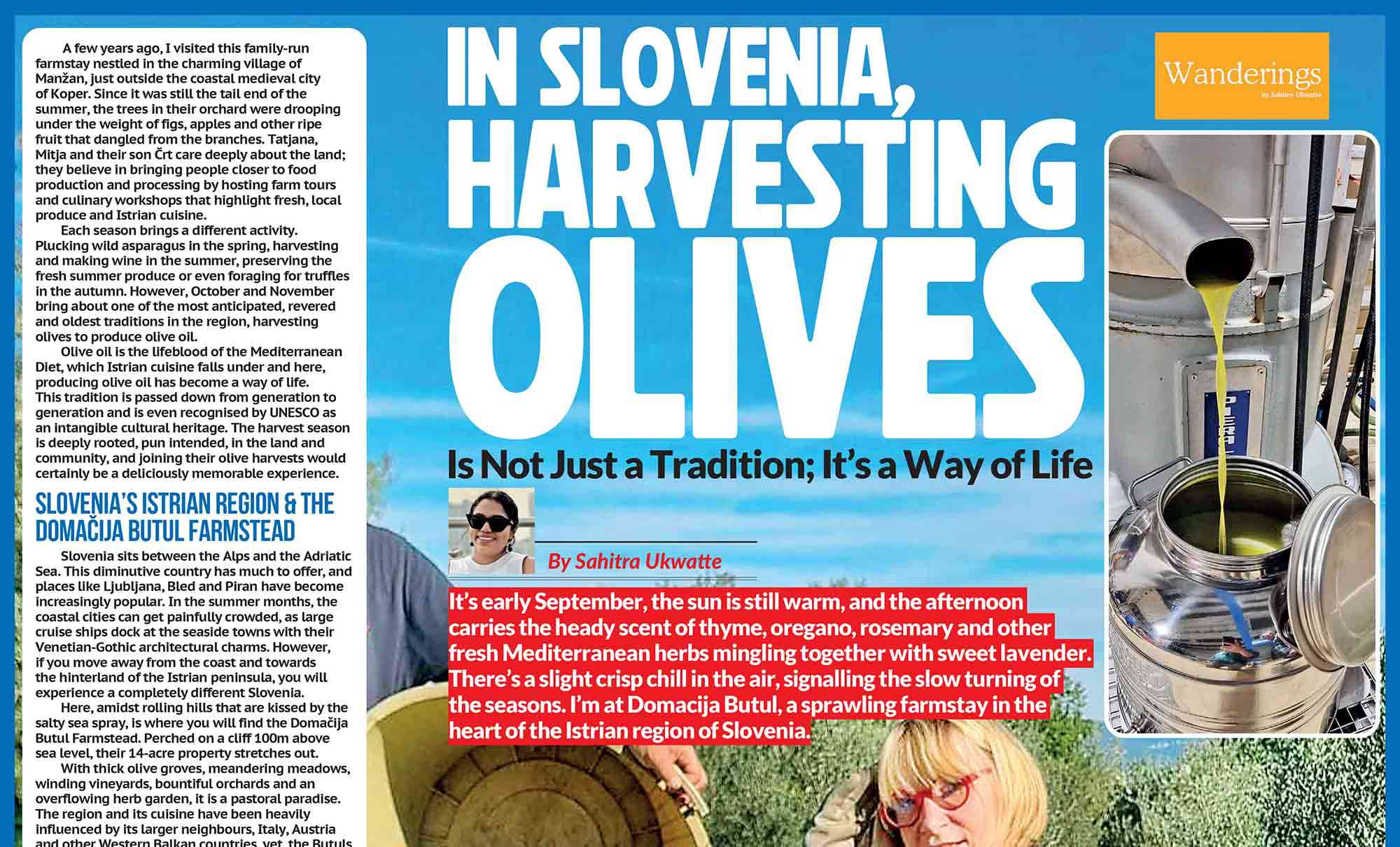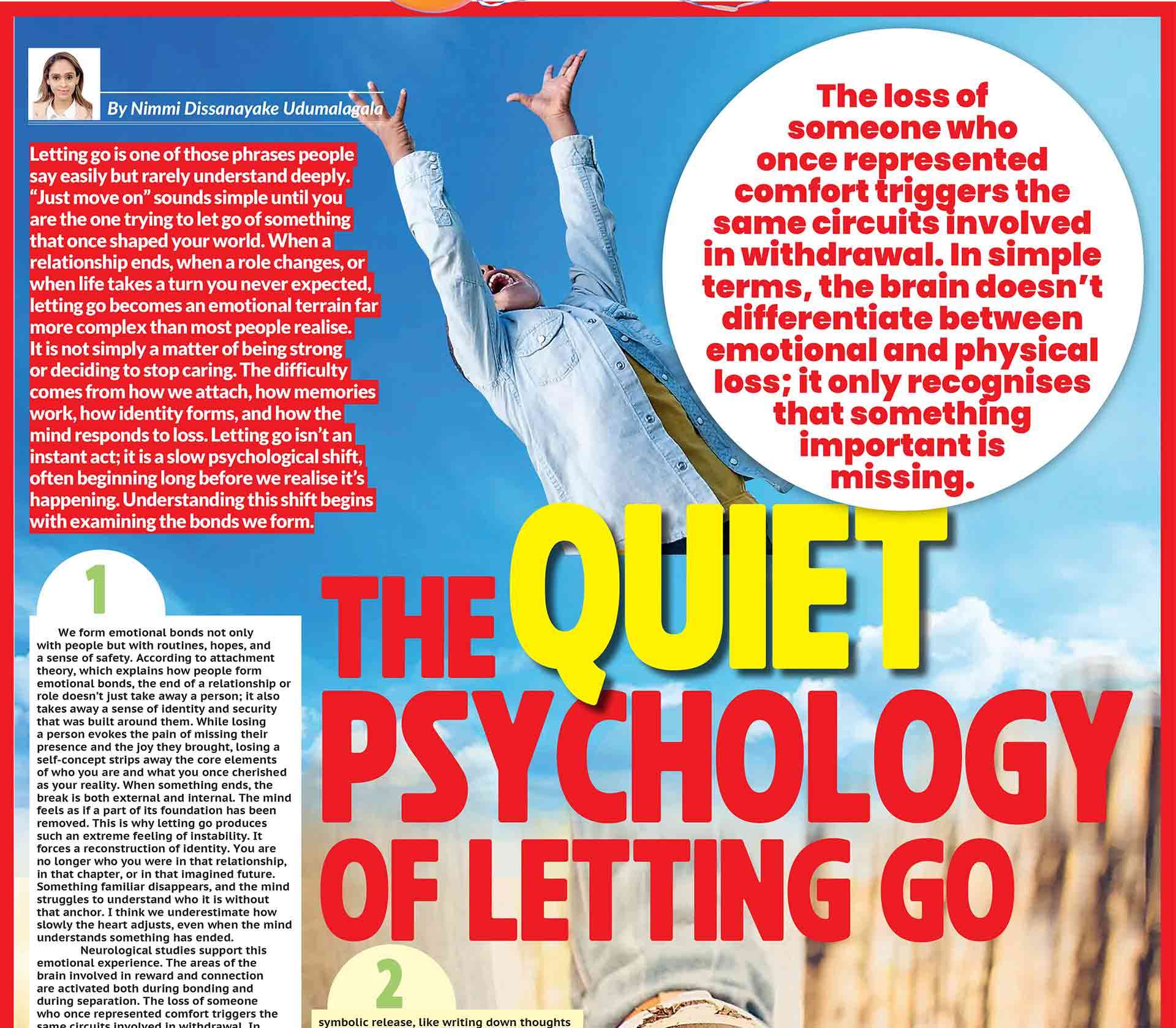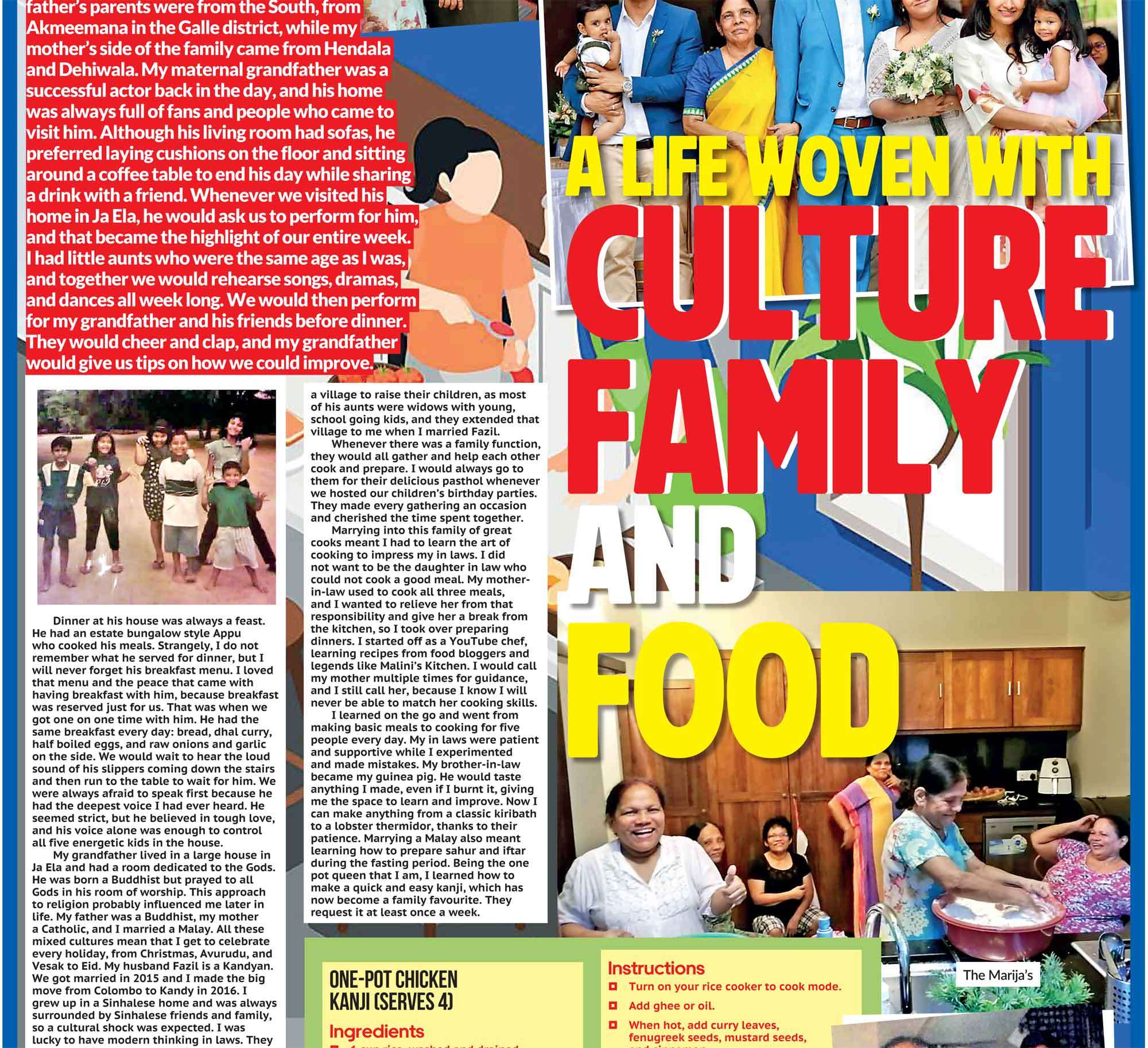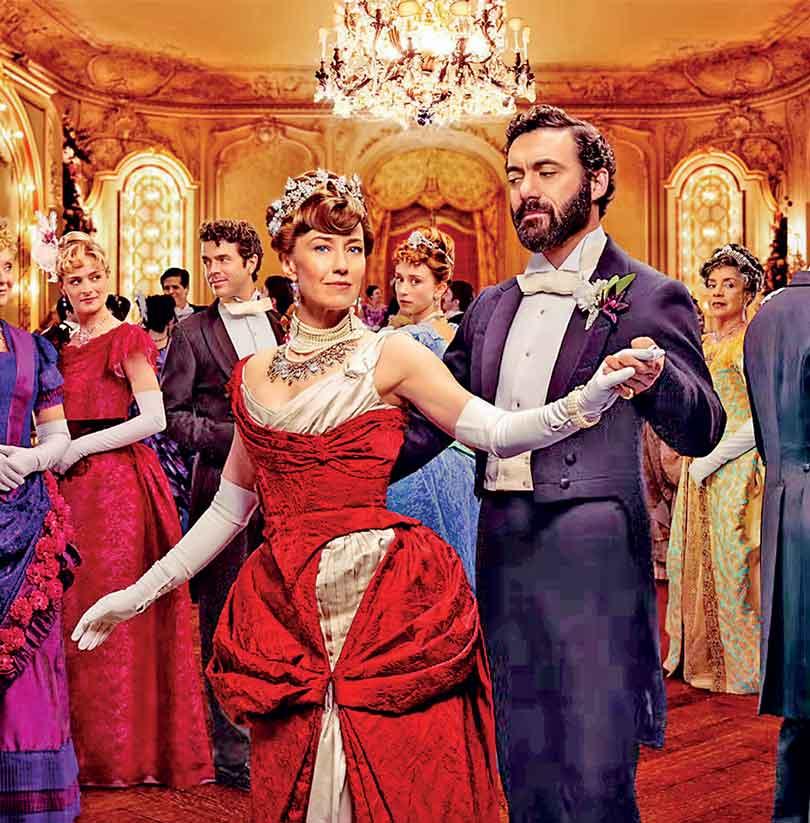
Spoiler Alert!
The Gilded Age is set in New York City during the late 19th century, an era marked by rapid industrialization, great inequalities, and a volatile social order. At the centre of the story are two rival spheres of society: the “old money” families who have inherited status and social pedigree, and the “new money” industrialists who have made fortunes from railroads, industry, real estate, and commerce. Meanwhile, the show also weaves in the perspectives of African American upper-class society and domestic servants; voices too often sidelined in traditional period dramas. The narrative begins with Marian Brook (Louisa Jacobson), a daughter of declining means who comes to live in New York with her aunts, Agnes van Rhijn (Cynthia Nixon) and Ada Brook (Christine Baranski). Needing shelter and social connection after her father’s death, Marian becomes a kind of bridge figure, she has some old money background but lacks the full security of high society. Across the street live the Russells; Bertha (Carrie Coon) and George (Morgan Spector), among others, a powerful new money family determined to break into “polite society,” even when their wealth, manners, and moral codes come under scrutiny. Julian Fellowes, as showrunner and leading writer, leverages his experience with Downton Abbey and its upstairs/downstairs tensions. But while Downton looks at a declining aristocracy, The Gilded Age is about the establishment of economic power and the shifting definitions of social legitimacy.
Themes and Strengths
- Class friction and social mobility. A constant tension runs between old and new, and characters navigate how money, birth, connections, and propriety intersect.
- Race, agency, and ambition. A standout in the show is its portrayal of African American characters who navigate elite society and assert agency amid constraints. Peggy Scott (Denée Benton) is a key figure in this regard, working as a secretary, writer, and advocate.
- Gender, marriage, and power. For women in this period, marriage is often a currency of security. Bertha, Agnes, Ada, Marian, and others negotiate their ambitions and constraints in relationships.
- Spectacle, costume, and design. Critics and audiences alike have lauded the opulent costumes, sets, and visual detail, which help ground the show’s aspirational tone.
- Moral ambiguity. The show rarely presents any character as purely villainous or virtuous. Even Bertha, who is often scheming, is given emotional depth, motives, and vulnerabilities.
Season 3: What’s New, What Works, What Falters
By Season 3, the show is no longer cautiously finding its footing; it is pushing, expanding, experimenting. The season delivers both rewards and frustrations.
New Directions, Cast Changes and Structural Shifts
Season 3 introduces new faces and raises the stakes for established characters. One notable change is the intensified focus on Bertha’s ambitions for her daughter, Gladys (Taissa Farmiga), including a potential marriage plan involving British aristocracy (the Duke of Buckingham).
The season also broadens its scope: George’s railroad ventures, conflicts out west, negotiations over land and capital, as well as deeper scrutiny of social norms, journalism, temperance activism, and domestic politics. One emotionally charged turn: John Adams (Claybourne Elder), the secret lover and supporter of Oscar van Rhijn (Blake Ritson), is killed in a sudden carriage accident, a moment that jolts the narrative and triggers grief, guilt, and transformation for Oscar.
Highlights and What Works
- Central performances: Carrie Coon’s Bertha continues to dominate, combining force of personality with nuance. Morgan Spector as George similarly anchors many of the plot’s power struggles. Many reviews singled them out for elevating otherwise dramatic or plot-driven scenes.
- Pacing and momentum: Critics note that Season 3 moves more confidently and briskly than prior seasons. Subplots introduced, such as Gladys’s courtship, Peggy’s writing and racial politics, Marian’s social reputation, are more consistently woven toward resolution.
- Emotional resonance and stakes: The tragic death of John Adams is a bold departure that injects genuine emotional risk. Relationships are tested, ambitions clash more sharply, and characters must reckon with what they’re sacrificing.
- Visual and design continuity: The lavish production, costume detail, period settings, and cinematography remain top-tier and among the show’s strongest pillars.
Key Arcs and Character Development
Bertha and Gladys: Bertha’s drive to elevate her daughter socially leads to tension. Gladys begins to assert her own desires, pushing back against her mother’s matchmaking ambitions. By season’s end, their relationship is evolving from top-down control to greater mutual recognition.
Peggy Scott: Her literary ambitions and social positioning continue to expand. She wrestles with racial politics, social barriers, and the publication of her works via The Christian Recorder.
Oscar van Rhijn: The emotional fallout from John’s death is transformative. Oscar must navigate grief and expectations in a society that does not readily accept his sexuality, while also trying to maintain income and social standing.
Marian and Larry: Their relationship continues to carry tension between social propriety and personal desire. After a broken engagement, Marian must be cautious about her appearances; Larry faces challenges in his ventures and must mediate between ambition and respect.
Agnes and Ada: The dynamic between the sisters becomes more contested. Agnes, long the matriarch, is challenged by Ada’s growing assertiveness (especially in charitable and temperance causes), and tensions mount over who “rules” the household and public engagement.
George and the Railroad: George’s business ventures expand westward, leading to land conflicts, negotiations, and dilemmas of corporate power versus social responsibility, a side of the story that gives the series a more expansive economic dimension.
Broader Significance
Season 3 of ‘The Gilded Age’ is, in many ways, the show coming fully into its own. It is more confident, more ambitious, and more willing to take emotional and narrative risks. While not perfect, it gives its ensemble more air and more dramatic stakes than before.
The tragic loss of John Adams is emblematic: the show is no longer content to glide on social intrigue alone; it now openly courts danger, consequence, and loss. For long-time viewers, the payoff lies in how arcs deepen rather than reset. The dynamic between Bertha and Gladys evolves; Peggy’s struggle gains sharper edges; Oscar’s grief is raw; and Marian quietly accrues emotional agency. The production elements, costumes, sets, cinematography, remain among television’s elite in the period-drama category. However, fans who prefer tight plotting and fewer diversions may feel frustrated by some narrative meandering and occasionally indulgent melodrama. And the show’s ambivalent tone toward systemic inequality or opportunity may feel too cautious for those wanting sharper social critique. As a piece of television, Season 3 is a high watermark for ‘The Gilded Age.’ If the pattern continues, Season 4 may well cement the series as one of the most ambitious and textured period dramas of this generation.


